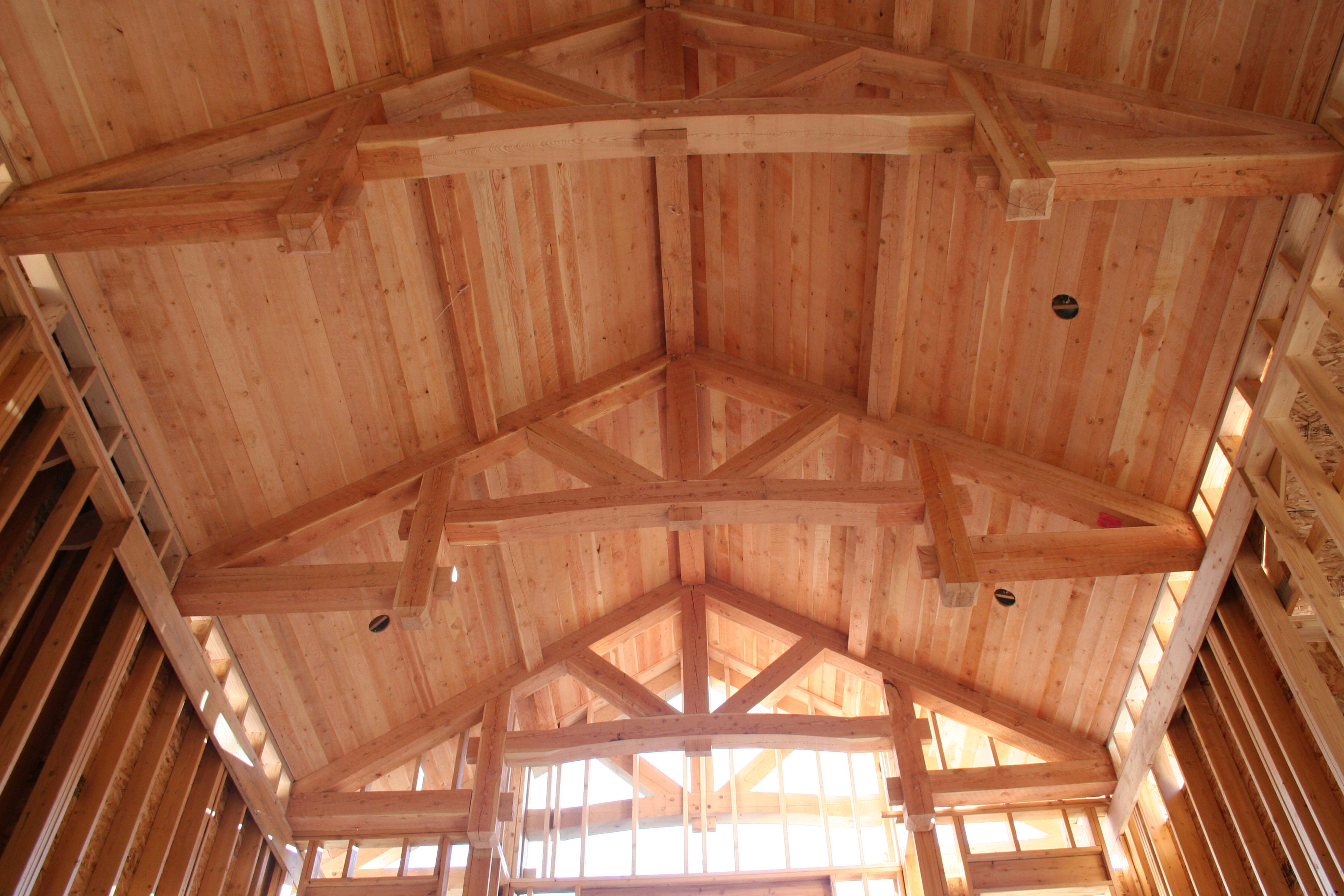
Tongue and Groove Paneling Terminology, Decoded
Dec 01, 2021

If you haven’t had much (or any) building experience, wood product terminology can be pretty confusing. Though it may not seem necessary for the average person to understand the jargon, it does become important when it comes time to select material for your next home project. At Marks Lumber, we want our customers to be educated about their options when it comes to our products. The same goes for our tongue and groove paneling. So, today we’re breaking down the terminology and common measurements used for this type of paneling.
What is Tongue and Groove Paneling?
Tongue and groove paneling (often abbreviated as T&G) refers to a set of boards in which each board has both a tongue and a groove on opposing sides. The tongue looks like a deep ridge that fits into a corresponding slot, known as the groove. When lined up next to each other, two T&G panels should fit tightly together, much like a puzzle.
People love to use T&G paneling on interior walls and ceilings as an accent. The tight fit gives it a clean, uniform appearance that works great in almost any style of home.
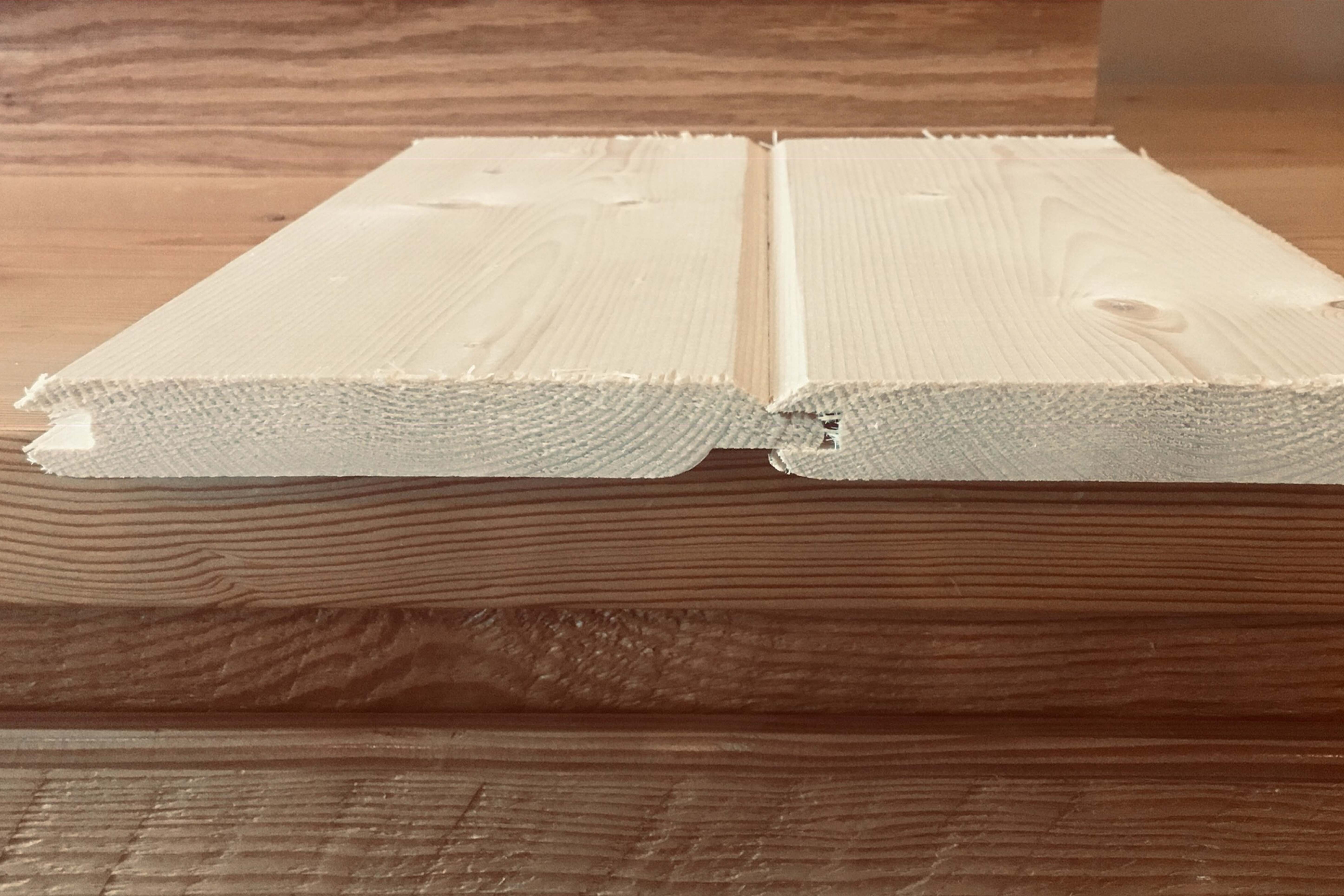
Terms You Should Know
End-Matched – Material that has been precision end-trimmed on all four sides, usually with a tongue and groove pattern added. End-matched material makes for easy installation and helps eliminate any excess waste.
Center-Matched – A simple T&G pattern in which the tongue and groove on either side of the wood match precisely in the center. Center-matched T&G generally has no V-groove or beading to hide shrinkage.
Beaded – Beads are decorative shapes on the face of T&G boards that are traditionally added to visually hide shrinkage. A fairly common type of beading is edge-and-center beading (ECB), where uniform indents appear in the center and on either side of a board’s face.
Reveal/Coverage – The amount of wood left showing after installation. The coverage on tongue and groove will be slightly less than a full 6-inch or 8-inch, as the tongue will be hidden in the groove of the other board.
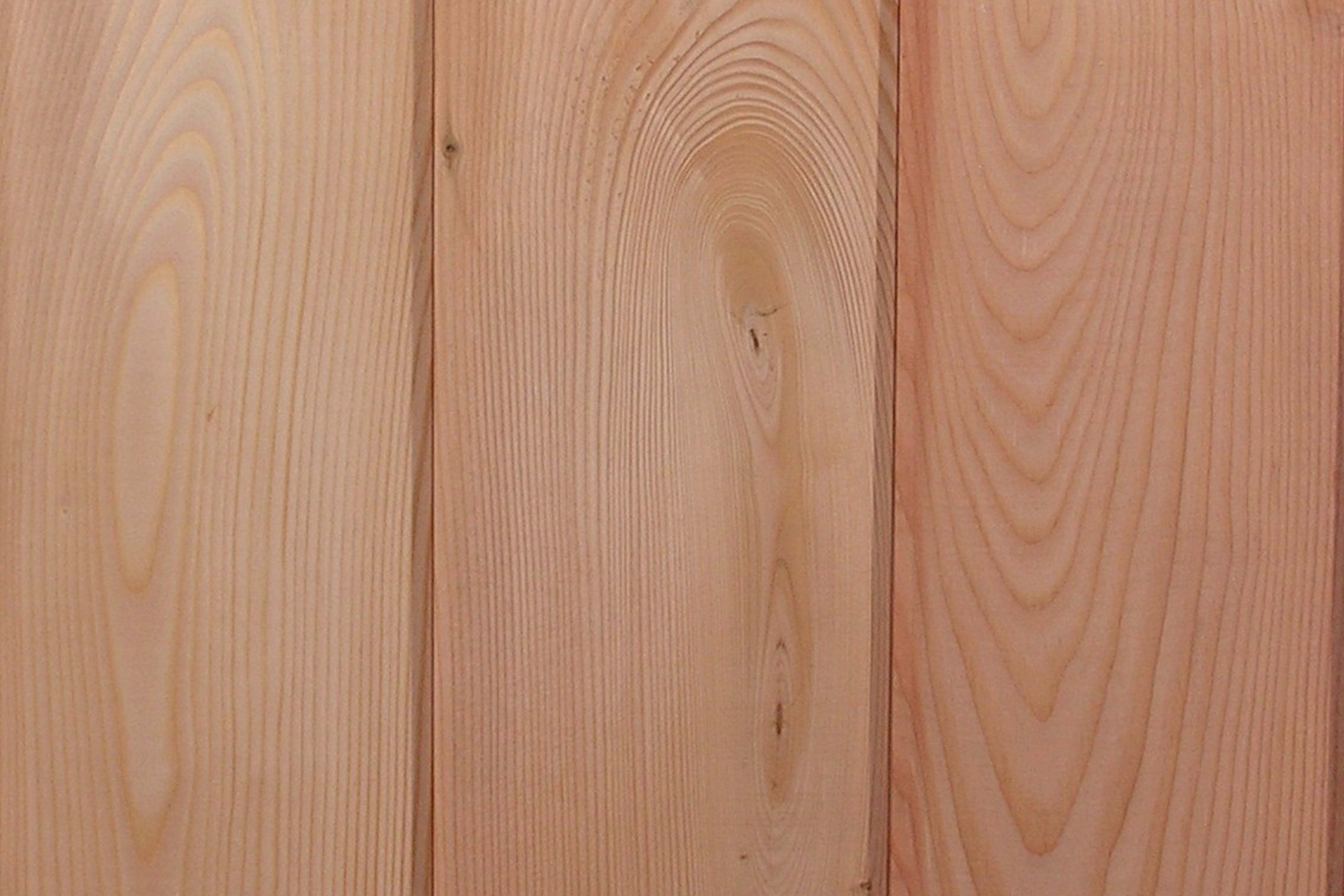
Dimensions
Thickness – The depth of a board from its front face to the back.
Width – The measurement from the tongue to the groove on the shortest side of the board.
Length – The measurement on the longest side from one end to the other.
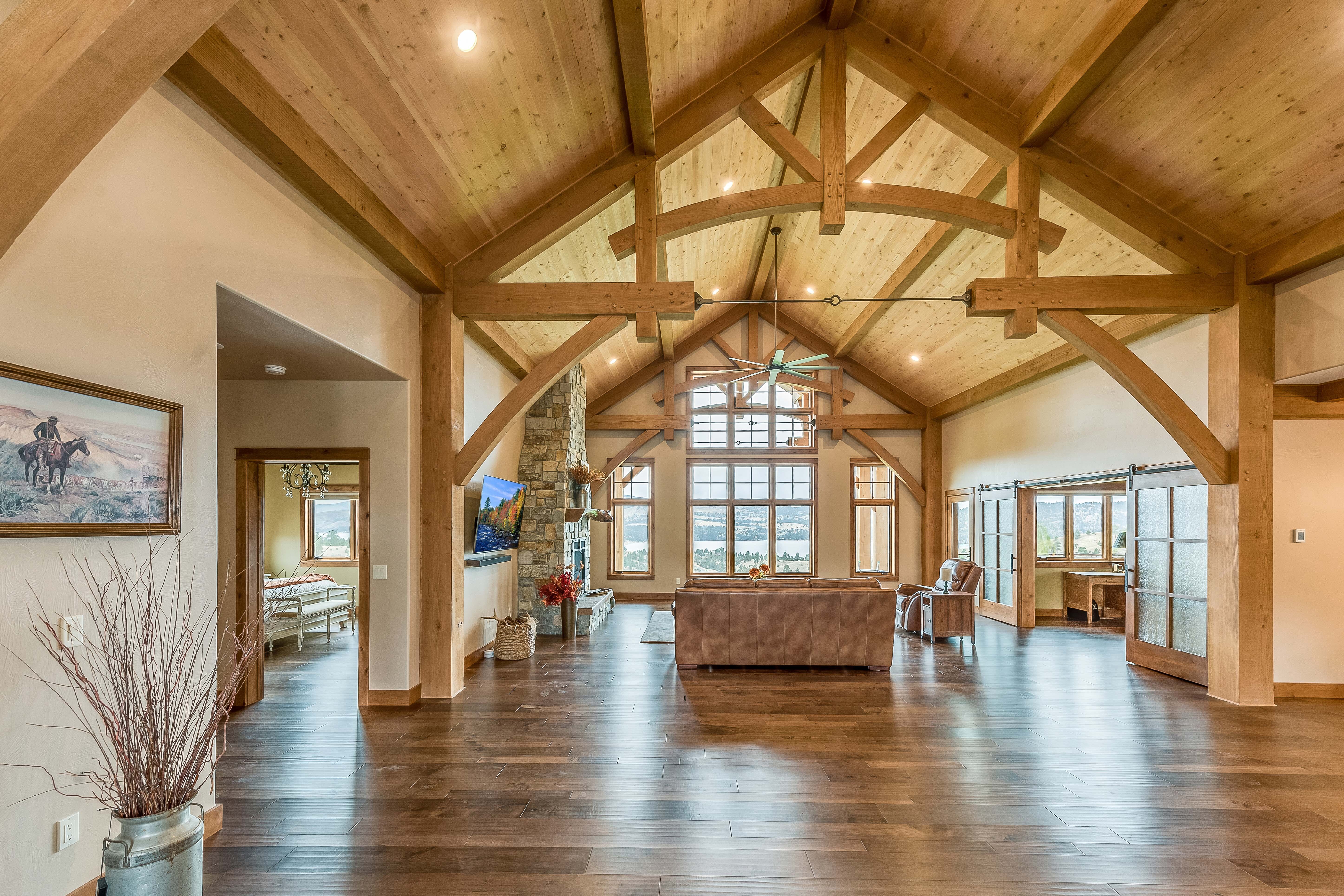
Ordering Your Own Tongue and Groove
Now that you have the basic terminology down, you’ll be ready to order the right T&G paneling for you. When requesting the dimensions you want, you’ll ask for:
X-inch (thickness) by X-inch (width) by X-foot (length)
Now, it’s important to note the difference between nominal size (what the lumber is referred to) and actual size when discussing lumber dimensions. While our dimensional, rough cut lumber is full or actual dimension material, tongue and groove products are not. For example, when you order a 1-inch thick board (nominal size), you’ll actually get a board that measures ¾-inch (actual size). Similarly, a 6-inch wide tongue and groove board will only cover about 5 ⅛-inches.
Still have questions about selecting the right T&G for your next project? Reach out to us at Marks Lumber. Our experts can point you to the right materials to help you achieve the style you’re looking for.
Learn More About Our Tongue and Groove Paneling Products
View Tongue and Groove Paneling ProductsOther Posts
Jan
2023
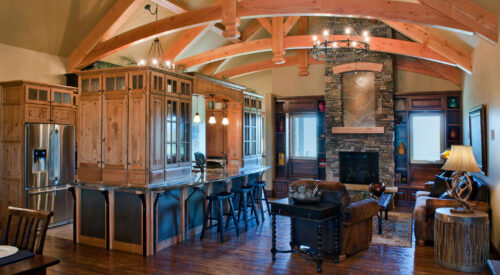
Five Timeless Interior Design Trends
When it comes to interior design, it may feel daunting to keep up with the ever-evolving trends that come with each passing season. Well, we're here t...
Jan
2023
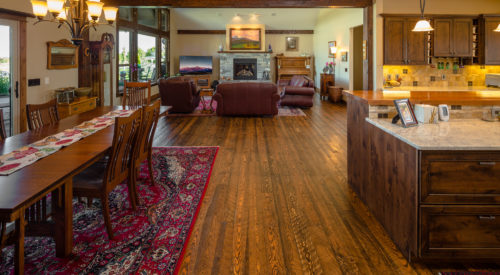
Lumber Textures Defined
Lumber comes with the benefit of versatility. One of the simplest ways to create intrigue with lumber products is by using different textures. Circle ...
Dec
2022
Tips for Using Radiant Heating with Wood Floors
One of the best parts of living in Montana is experiencing all the seasons – and yes, we include wintertime. However, as much as we may love the...
